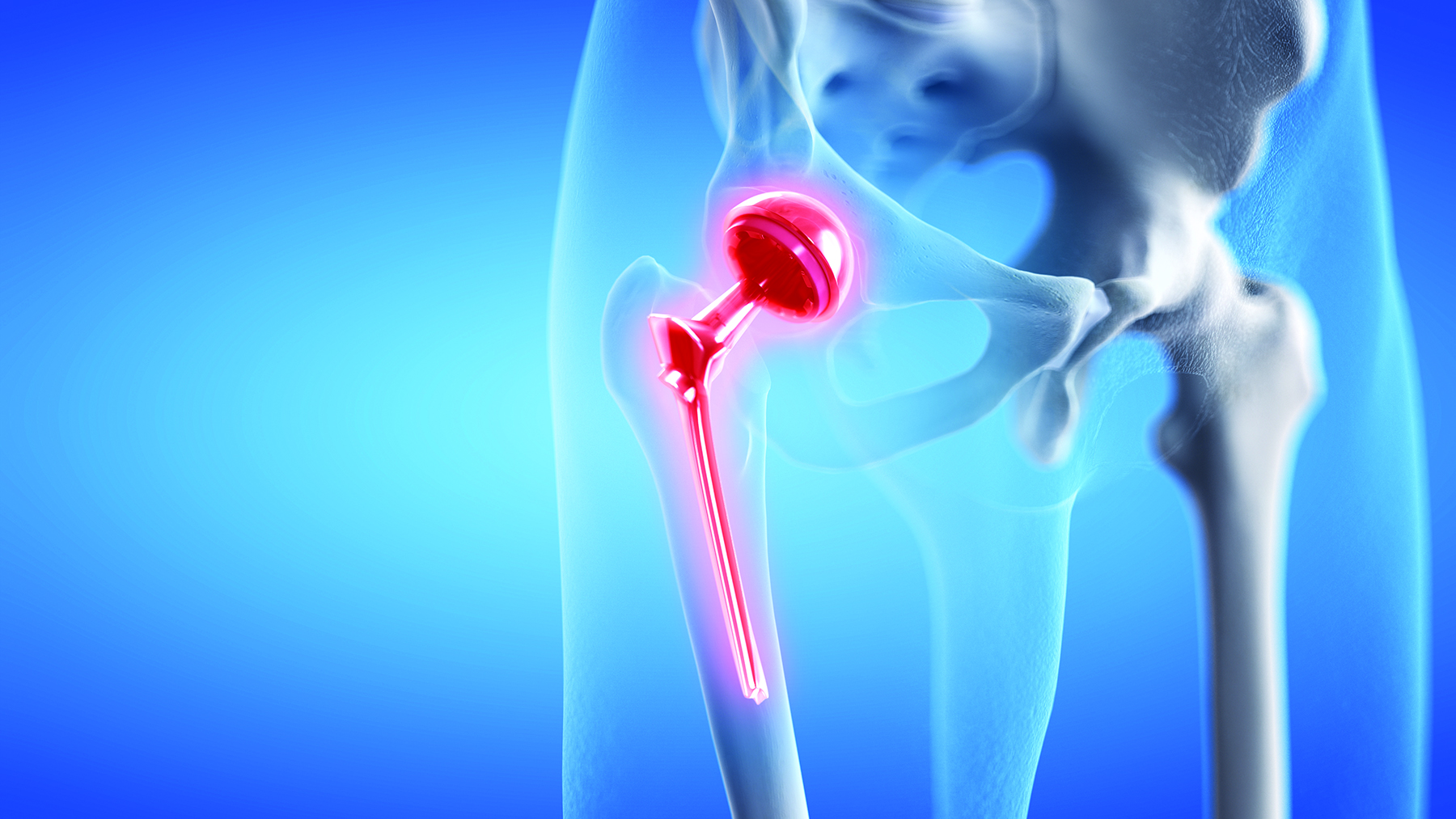The Cardiologist's Wife: Moving Forward With Hip Surgery
The Cardiologist's Wife: Moving Forward With Hip Surgery
By Lisa Tedder
Chronic hip pain is physically, mentally and emotionally exhausting. It causes our body to release stress hormones, which in turn affect our mood, thinking and behavior. We may withdraw from family and social life, limit participation in hobbies and struggle at work, leading to depression on top of dealing with the pain.
At the same time, fear of the unknown can prevent us from moving forward and making a decision about our health, which could significantly improve our life. If you are suffering from hip pain from osteoarthritis or other causes, hip replacement surgery may be the solution.
While hip replacements are associated with being elderly, even people in their 40s are having them these days, often due to playing sports for decades or loose hip joints from birth. Hip replacement surgery is one of the most common joint replacement surgeries and is easier to recover from than other joint replacements. More importantly, patients usually experience lasting improvement to their quality of life. The hip joint isn’t complex, and advances in hip implants and after care mean that recovery time is quicker than ever.
The hip is a ball and socket joint in which the ball moves in the socket, allowing your leg to rotate, move forwards, backwards and sideways. Soft tissue called cartilage covers the ball and socket to cushion the joint. When the cartilage is worn down or somehow damaged, the bones rub together, causing pain and limiting motion; this is known as osteoarthritis.
There are three types of hip replacement surgery: total hip replacement, partial hip replacement and hip resurfacing. Total hip replacement surgery means that portions of the pelvis and femur that form the hip joint are removed by a surgeon and replaced with artificial implants made from plastic, ceramics and/or metal such as titanium. A partial hip means that only one side of the hip joint is replaced, while hip resurfacing of the femoral head or socket means that the bone is smoothed and capped with a metal covering. Resurfacing is typically done in younger, active patients. The average lifespan of an implant is between 10 to 20 years, though many last much longer.
Many people put off hip replacement because they fear the whole process. However, most patients go home the same day or the next day after surgery. Patients experience pain from the surgery that is managed with pain meds, swelling around the hip and may tire easily. They leave the hospital using a walker but usually progress to using a cane or crutches pretty quickly. Within two weeks, many are able to drive again. A physical therapist will make sure the patient is positioning the new hip correctly and getting up and moving appropriately. Being as active as possible and moving the hip is important to recovery. Patients are encouraged to increase the distance and frequency of walking. After surgery, patients are encouraged to walk five to 10 minutes several times a day and gradually build up to 20 to 30 minutes of walking two to three times a day in addition to physical therapy. Full recovery is generally four to eight weeks with physical therapy lasting six to eight weeks. After that, patients are able to return to normal activities and can even return to playing sports.
The success rate for hip replacement surgery is very high; most patients see relief immediately from the pain they had been experiencing that differs from the pain associated with recovering from the surgery itself. A new hip should last awhile but may need replacing at some point because it has loosened or worn out.
If hip pain has made the activities of daily living difficult or unbearable, it is time to talk to your doctor about your options. Those who have had one or both hips replaced often say they wish they had done it sooner, so talking with someone who has had a hip replacement may alleviate some of your fears.
The following signs may help you decide whether a hip replacement is something you should consider:
• Persistent pain in the hip or groin area.
• Pain prevents you from doing normal activities.
• Clicking, popping or grinding that impairs your normal
range of motion.
• You can’t stand on the problem side for more than a minute.
• Joint stiffness prevents you from accomplishing daily activities
like dressing.
• You rely on pain medications, or they no longer work.
• You have exhausted other remedies like physical therapy, stem
cell injections, steroid shots, etc.
• You have trouble sleeping because of the pain.
• Severe pain that not relieved by medicine.
No surgery is without risks. These are some of the most common risks from hip replacement surgery:
• Blood clots in the legs or lungs.
• Infection, either of the skin or deeper around the new joint.
• Excessive bleeding.
• Nerve injuries that cause weakness or numbness.
• Leg length discrepancy.
• Fracture.







